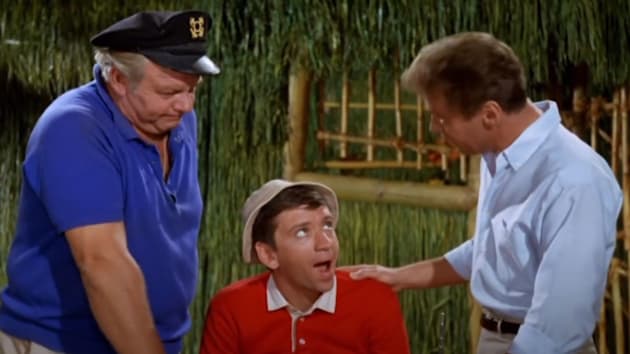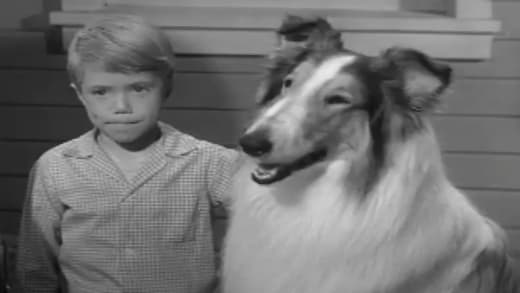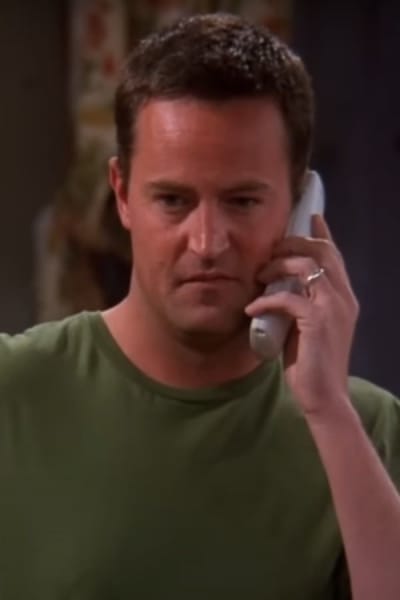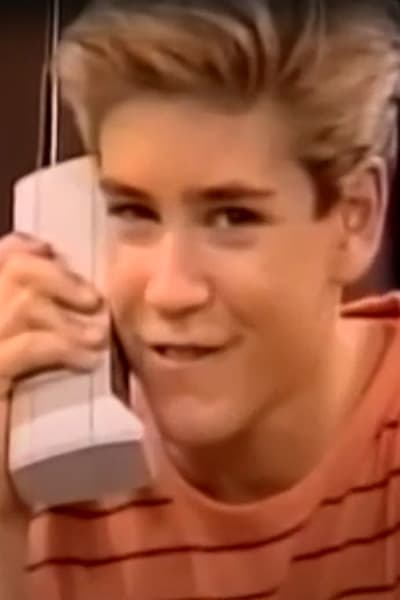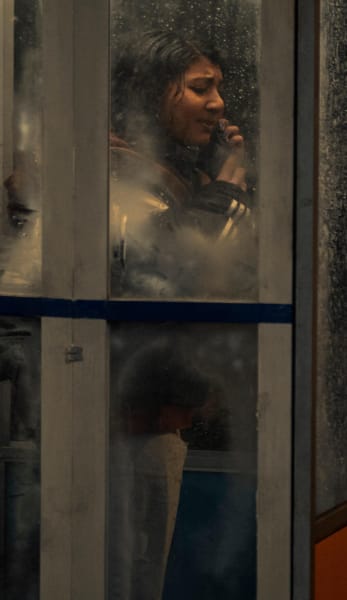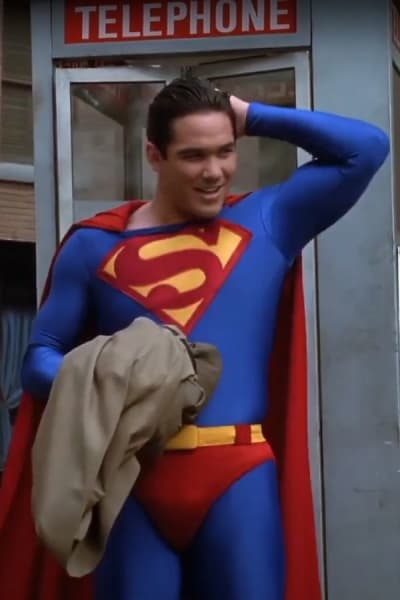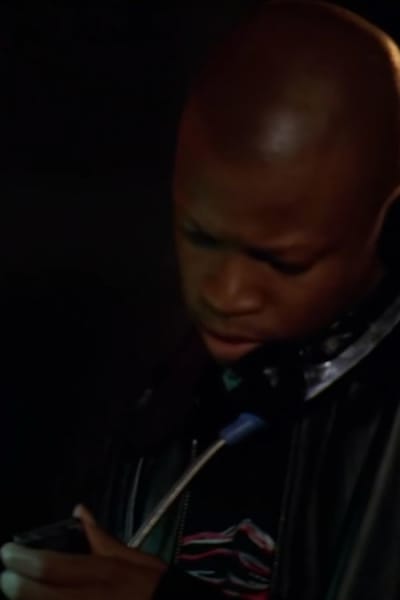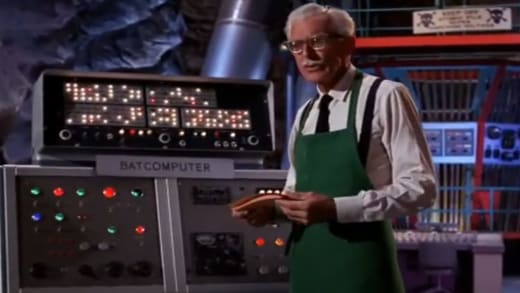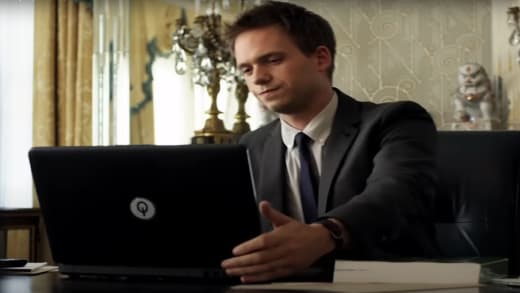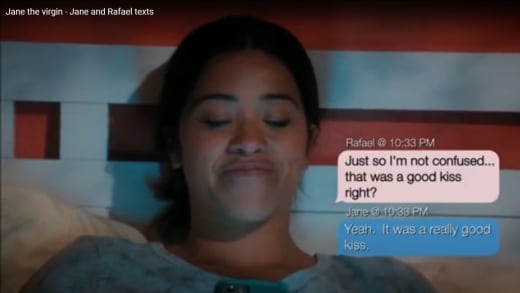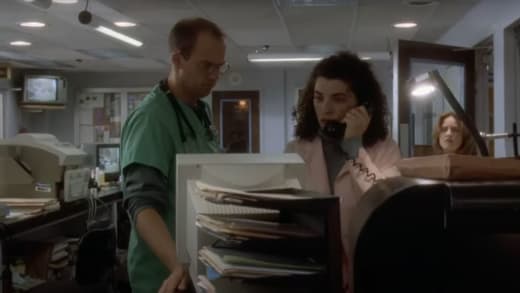Those of us who love TV often take the standard plot devices known as TV tropes for granted, especially tropes that have been around for a while.
Yet, some TV tropes can disappear or nearly disappear, and new ones can emerge with the changing times.
Technological changes are often to blame for changes in the TV trope landscape.
Entire Shows Can Become Obsolete Due to Technological Advancements
Growing up in the 1980s, I developed an affinity for watching reruns on Nick at Nite, a programming block devoted to older television programs.
After Nickelodeon launched Nick at Nite, an entire generation of us grew up loving shows with first runs that ended well before we were born.
Related: The Best Shows for Kids That Had No Disney or Nickelodeon Ties
Among those programs were series like Gilligan’s Island and Lassie, the former about getting stranded on an island and the latter about the daily adventures of a boy and his dog.
Given current technology, many such shows would be pretty different programs if they were produced today.
In some instances, it might even be impossible to duplicate them realistically.
For example, technically, people can still get on a boat, get stranded on an island, and be impossible to locate, as occurred on Gilligan’s Island.
It’s possible. However, it’s not nearly as likely because technologies like cellular phones and tracking devices exist to prevent such things today.
As for Lassie, it’s difficult to know where to begin talking about the outdated tropes used on that show.
Almost daily, Lassie had to run through seemingly half a county to find help for someone in some predicament.
That wouldn’t happen today because cellular phones are so standard that most people can call for help alone.
Another problem creators of such a show would have today is that characters with outdoor skills are few and far between.
Not only is getting lost or stuck more difficult due to technology, but just getting outside is less common.
Related: 13 Classic Shows to Watch if You Love Elsbeth & Where to Find Them
Children today are likelier to hang out inside in this age of computers, tablets, and video game systems.
Today’s societal norms make it far less likely that Timmy Martin (Jon Provost) and Lassie would tromp through the woods, stumble on abandoned mines, and so on daily.
Technology Has Nearly Eliminated Multiple Telephone-Related TV Tropes
Cellular phones have also killed some tropes regarding telephone eavesdropping and privacy.
Years ago, as in real life, homes depicted on TV often featured single phones in central locations like kitchens or living rooms so everyone present could hear at least one side of each conversation.
Classic television shows often used the trope of eavesdropping on phone calls to create romantic and other conflicts.
Of course, some homes had extensions, which made it easy for parents, siblings, or others to eavesdrop and overhear information they had no business hearing.
Other information was also easier to convey on TV through overhead phone conversations back in the day, such as characters receiving news about medical conditions or family emergencies.
Landline phone use by TV characters with crushes and others also created other communication issues.
Before answering machines were standard, people often missed essential calls, a plot point that has been a standard in TV shows for years.
Once answering machines did come on the scene, TV tropes adjusted for them, often including plot devices where machines didn’t record correctly or the wrong person got to a machine and heard a message before the intended recipient.
Related: TV Shows Should Make Stars, Not Depend On Them
Cellular phone usage has eliminated most of those issues.
Today, we are all so attached to our phones that we often never even let calls go to voicemail, and if they do, we get the messages quickly. The same is true of most modern TV characters.
Technology is Rapidly Eliminating Payphone Tropes
Those of us who are old enough to remember a world before cell phones also remember a world peppered with payphones.
According to the FCC, the United States had approximately two million payphones in 1999, but in 2023, the numbers indicated only about 100,000 left.
The reduction in payphones in real life has also reduced their depictions on TV because most characters use cellular phones.
The days of characters being cornered in creepy phone booths making urgent middle-of-the-night calls like they are in a true crime documentary are nearly gone.
Depending on the setting, it’s also not as easy to have a character realistically make an anonymous call from a payphone to deliver critical information as it once was.
Then there’s the Superman problem to consider.
The Man of Steel was known for years for changing outfits in phone booths.
Granted, he didn’t always do so consistently, but many people think of payphones the second they hear anyone mention Superman because the image is cemented in our brains.
As phone booths have become less common, writers of various Superman movies and shows have had to give Superman more creative costume change methods.
In recent years, many Superman shows have used quick cuts, off-screen changes, or CGI methods instead of phone booth sequences.
The Impact of Technology on Crime Show TV Tropes
Another primary TV genre with tropes eliminated or heavily impacted by technological advancements is the crime show.
Crime shows like Miami Vice (1984-1989) often used currently outdated technologies like pagers to allow characters to communicate with each other.
Digging through the records was also a much more common trope years ago.
Today, our favorite TV police officers wouldn’t be caught dead using tropes like sending faxes, searching through files manually, or typing up reports on typewriters.
It’s all about the latest and greatest in state-of-the-art technology.
The suspect sketch is another TV trope commonly used on crime shows like Law & Order: SVU.
We often saw victims sit in rooms with sketch artists while the artists drew faces on sketchpads.
The trope is still alive and well on modern crime shows, but the methods are often different now.
Related: 23 Dreamiest Male Detectives
Most TV forensic artists have traded in their sketchpads and easels for computer software on popular shows.
The software is exciting but makes the process so quick that modern shows must fill time with other plot points.
It also tends to minimize the use of emotional connectivity between victims and sketch artists as plot points.
The Takeover of Computerized TV Tropes
Hacking is a prime example of a computerized TV trope that didn’t exist years ago and is portrayed on TV in multiple ways.
Sometimes, inaccessible data or secure areas require hackers to infiltrate, either for nefarious reasons or to stop criminals already trying to hack systems.
Then there’s hacking done purely to distract by setting off alarms, sprinkler systems, or other systems to draw attention away from a character or situation.
An excellent early example was on MacGyver Season 1 Episode 18: Ugly Duckling (1986), when young prodigy Kate Laffery (Darcy Marta) hacked Defense Department systems to cause equipment to go haywire in the building while she escaped custody.
A more modern example of the hacking trope is the frequent hacking done by and to police or government agencies, such as on NCIS (2003-Present).
Computers are also responsible for many other modern tropes besides generating images of crime suspects and being used for hacking.
A major one that pops up frequently is the introduction of a computer virus, with entire episodes usually devoted to stopping the virus before it compromises computer systems.
Since the 1990s, the computer virus trope has been gaining popularity.
Related: 13 Child Stars of the ’90s
It has often been utilized on science fiction shows like Eureka (2006-2012) and crime procedurals like CSI: Cyber (2015-2016).
The good guys beat the bad guys trope often used in Westerns and other classic shows is alive and well within the computer virus trope of today because the good guys always tend to stop the virus in the nick of time.
Modern Cellphone Calling and Texting Tropes Are Also Everywhere
Another family of modern tropes created by today’s technology is the family of cellphone calling and texting tropes.
These days, we almost all send text messages daily.
Doing so can cause many unexpected and sometimes unwelcome issues, both in reality and on TV shows.
An often-used trope relating to that is the drunk message, such as when Rachel (Jennifer Aniston) left a drunk answering machine message professing her love to Ross (David Schwimmer) on Friends.
The modern twist is that thanks to technology, people can now not just leave phone messages while drunk but also send emails, text messages, or social media messages in seconds.
Shows and films often use text messaging or just plain calling to add tension between characters.
For instance, one character may get upset if another doesn’t answer a text or call immediately because, in this era of instant communication, most people always keep their phones on them.
Texting or calling the wrong person can also help build up drama or, depending on the series, get a comedic laugh.
Related: 17 Great Dramas That Focus on Family First
The most iconic instance of this in recent TV history was probably during Succession Season 3 Episode 8: Chiantshire when Roman (Kieran Culkin) accidentally sent an infamous image of his lower regions to his father, Roy (Brian Cox).
The HBO series Succession often made viewers cringe, and that moment was one of the most cringe-worthy.
Those and many other technological advancements have changed the TV landscape forever.
However, those of us who are into nostalgia can still enjoy classic shows to get our old technology fixes.
Certain recent and current shows, such as The Goldbergs, also highlight our old technological ways.
Which do you prefer, old technology on TV for nostalgia or the latest and most significant technological advancements?
Comment below and tell us all about it.
Jessica Kosinski is a staff writer for TV Fanatic. You can follow her on X.
